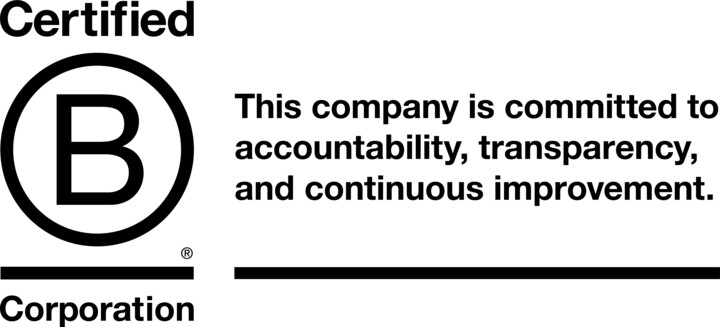 Today we had a semi-trailer load of cork insulation delivered. A full sized semi-trailer. That’s alot of cork insulation.
Today we had a semi-trailer load of cork insulation delivered. A full sized semi-trailer. That’s alot of cork insulation.
Building performance is a regular topic of conversation at ChuB headquarters, but lately the conversation has been largely about the 3″ of cork insulation we’re adding to a new build on South Hill.
Why use cork insulation?
We’re using exterior insulation on this new home because of how effective it is at reducing thermal bridging and how great it is at increasing the overall performance of a home. We also love that it’s a carbon negative and renewable product. This is the second project we’ve completed using cork insulation. The first was a major building performance upgrade to an existing log house. And, we’re currently talking to a handful of potential clients about cork for their projects!
Cork is an amazing material. It is the outer bark of a species of oak tree native to the Western Mediterranean region. The thick, spongy bark protects the trees from fire. It can be peeled off of the tree every 9-10 years, after which it grows back! The cork is produced from ecologically rich forests that support significant biodiversity, including the habitat of the endangered European Lynx. Read more about how great cork is here.
Thermal Bridging
Back to thermal bridging and building performance. Thermal bridging occurs when a more conductive, or poorly insulating, material allows an easy pathway for heat flow to move across a thermal barrier. The most common form of thermal bridging is wall studs. Building scientists call this “thermal bridging” because the studs or rafters bridge the space between inside and outside of the thermal envelope. Adding a continuous layer of cork insulation greatly reduces thermal bridging through the framing.
If you’d like to learn more about building performance and cork insulation join us next month at the Bright Green project open house. We’re co-hosting the event with Sustainable Connections and plenty of folks will be on hand to answer questions and give tours! It’s a free event and open to the public, details here.



 by Intellitonic
by Intellitonic